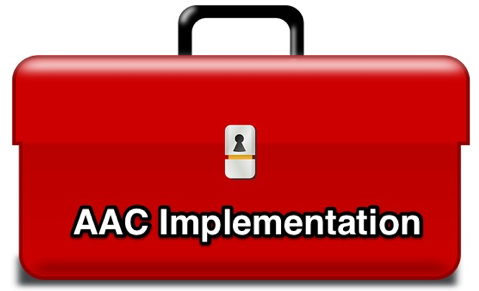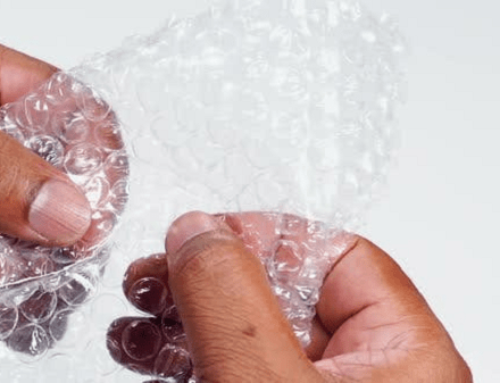AT for Bed Rest
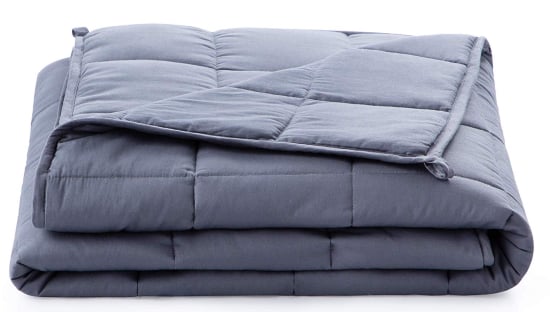
Products that can help us get comfortable when we need to most.
At one point or another, most of us will spend a significant amount of time in bed. It may be a temporary or permanent disability. It may be an illness. It may be an at-risk pregnancy. It may be a hospice situation.
Recently I visited a family member new to an assisted living residence. I was surprised at the inadequacy of her bedding for her circumstances and I was astonished at how long it took me to notice. This, along with my own experience with chronic low back pain, inspires this post.
Here are 10 product types to consider for getting comfortable, avoiding pressure injury and reducing anxiety:
One: Bed Wedges
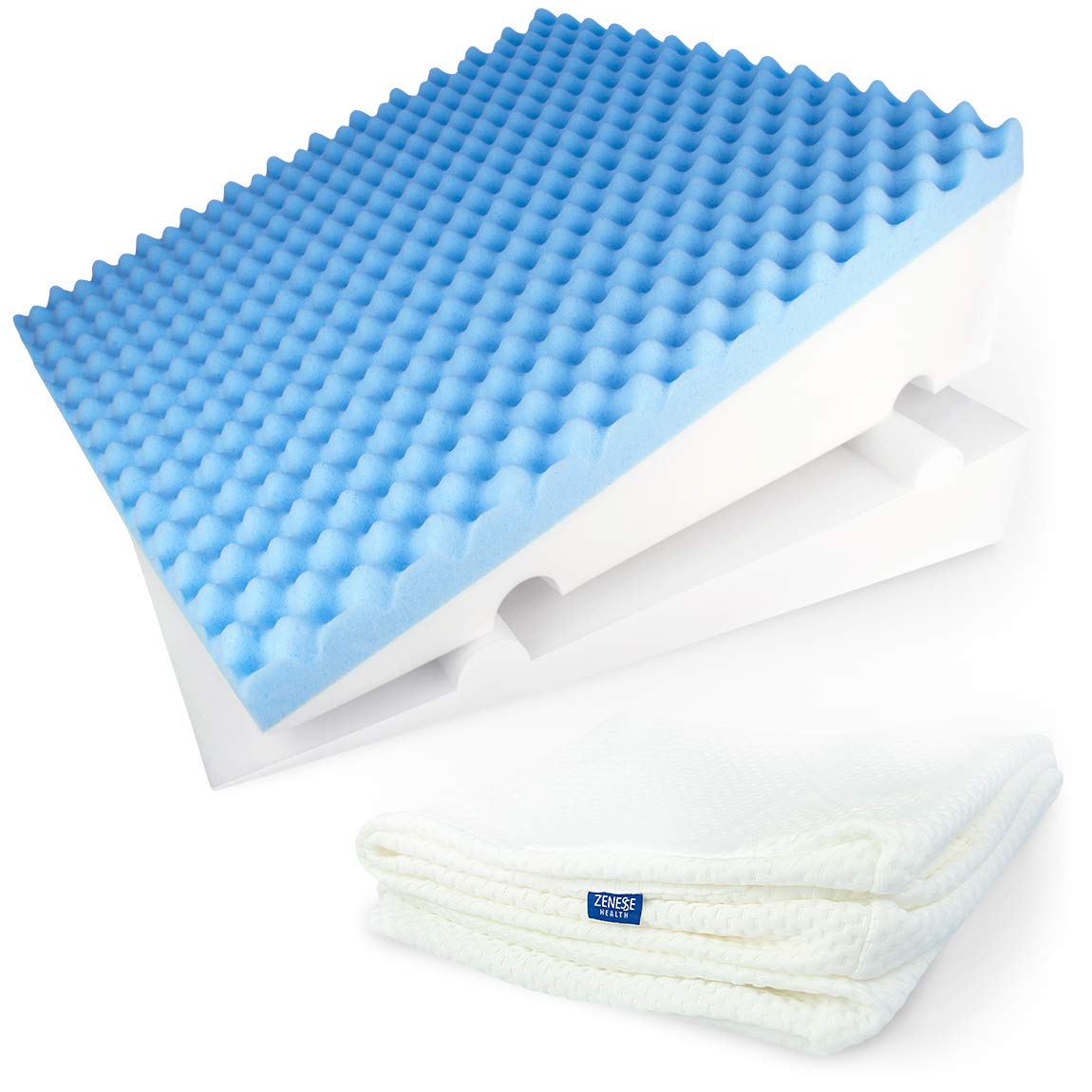
Luxelift Bed Wedge
Two: Knee Pillows

Luna Knee Pillow
Three: Foam Mattress Toppers
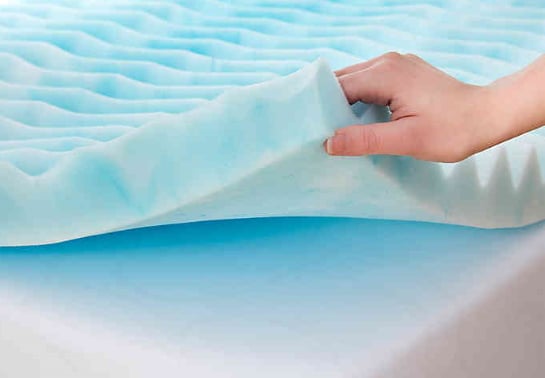
Authentic Comfort 2-inch Mattress Topper
Four: Alternating Pressure Mattress Systems
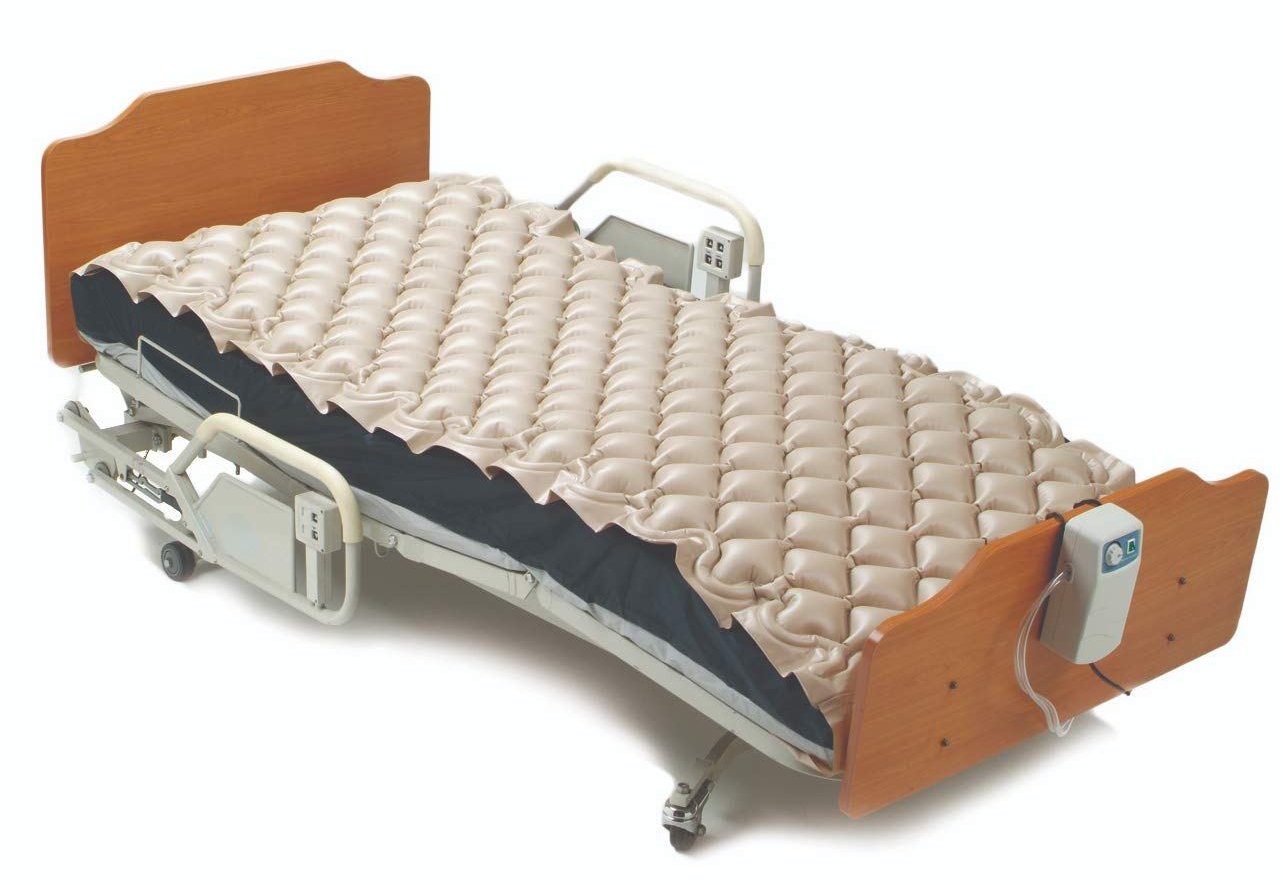
Meridian Alternating Pressure Mattress
Five: Body Pillows
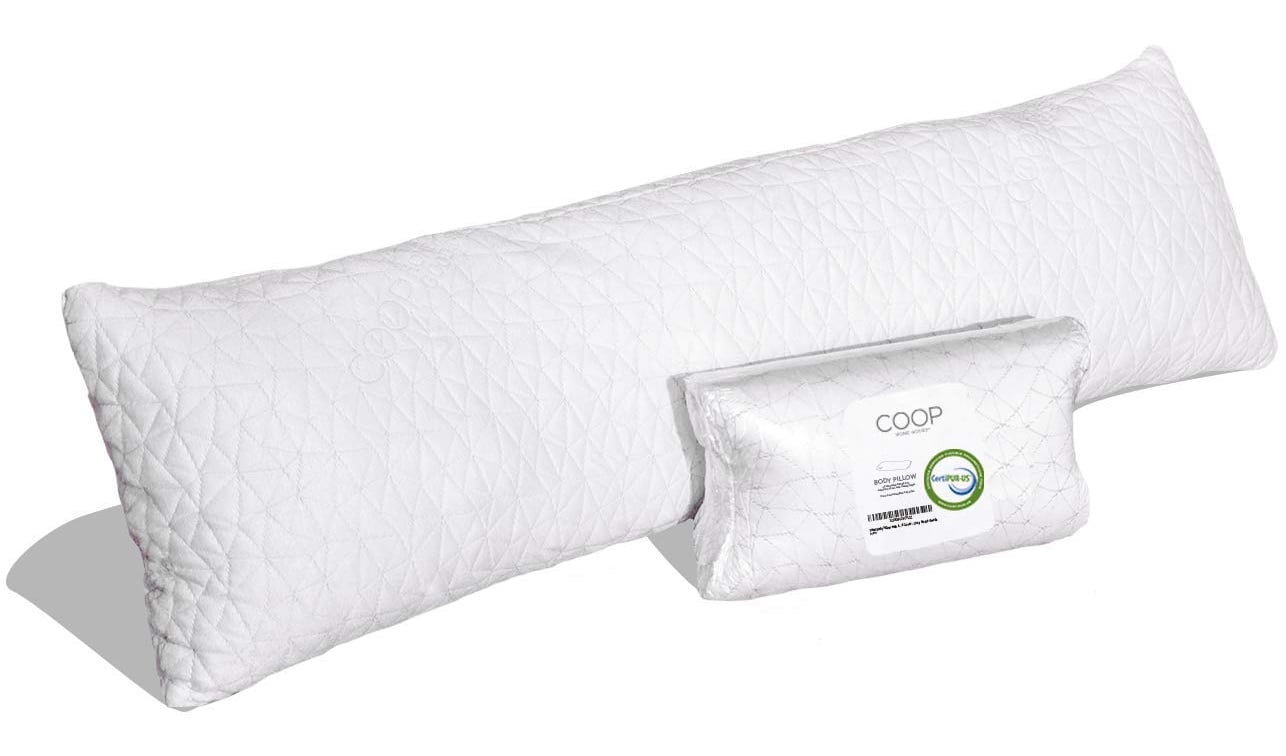
Consumer-grade body pillows provide support for side sleepers and may help reduce anxiety.
Six: Specialized Positioning Systems
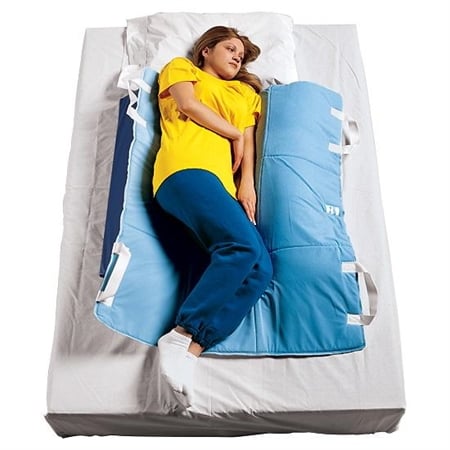
A side-positioning system
Seven: Weighted Blankets

Linenspa Weighted Blanket
Eight: Fluidized Positioners
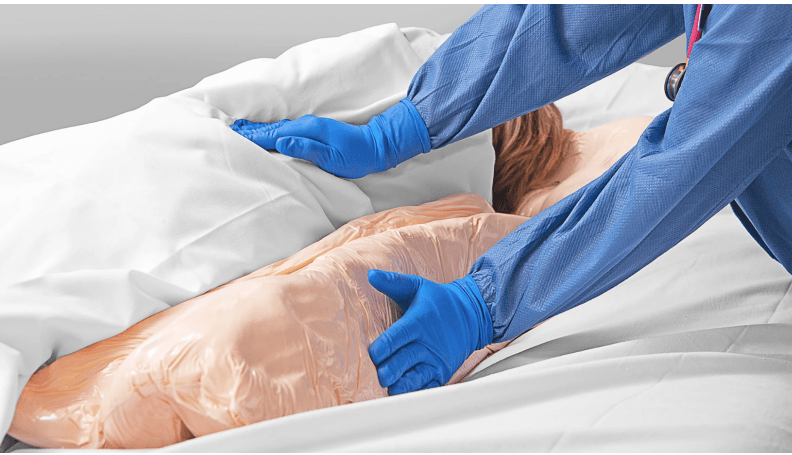
Fluidized positioners are moldable (like clay) to take any shape and provide highly customized support. A family member of mine used one following hip surgery to get comfortable in a variety of critical ways. Ours came with the Tortoise Bed Turning and Positioning System provided by the hospital, a game-changer for both caregiver and patient. The bed turning mat has an air pocket to help prevent pressure injury and makes repositioning easy on the caregiver while preventing skin damage from friction and shear.
Nine: Customized Latex Mattress

There are many latex mattresses on the market. The FloBed vZone allows for a high level of customization. Choose the firmness desired for each zone of your body: head, shoulder, back, hips, legs and feet. Zone segments allow for accommodating bodies of all shapes and sizes and latex sections may be swapped out to allow for changes (as with pregnancy). Each half of a bed may be individually customized.
Ten: Rotating Bed

The Freedom Bed
Remember to shop around! Specialized equipment sites can be expensive. Make sure to check a variety of consumer marketplaces. A recent visit to eBay displayed new brand-name hospital bed tables at one-third the cost found elsewhere.
Monthly Blog Digest
Search the blog
State AT Program Blogs
California
Florida
Indiana
Kentucky
Louisiana
Maryland
Massachusetts
Michigan
Montana
North Carolina
North Dakota
Utah
State AT Program Blogs
The AT3 Center, the Association of AT Act Programs (ATAP), and the Administration on Community Living (ACL) make no endorsement, representation, or warranty expressed or implied for any product, device, or information set forth in this blog. The AT3 Center, ATAP, and ACL have not examined, reviewed, or tested any product or device hereto referred.

